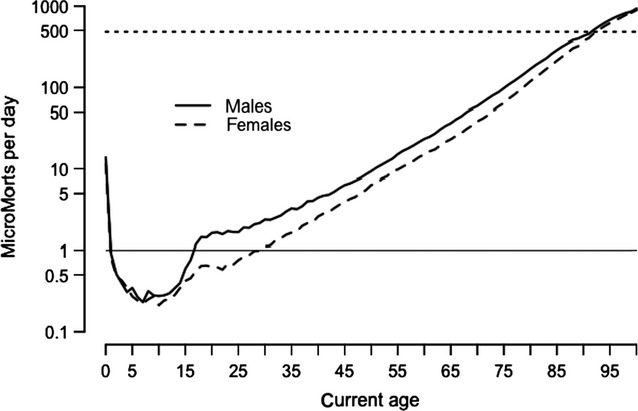Arthritis Link in Immune Response Against Gut Bacteria Protein

Rheumatoid arthritis (RA) is a chronic autoimmune disease that is associated with aberrant immune responses. In a recent analysis published in Arthritis & Rheumatology, people with RA and those at risk for the disease had higher blood levels of antibodies against a protein expressed by Prevotella copri, a common gut bacteria.
The study compared 98 participants with established RA who were compared with 98 controls without the condition, as well as 67 participants at high risk for RA who were compared with 67 controls. The researchers measured levels of antibodies against Pc-p27, a protein expressed by P. copri.
Participants with RA had significantly higher levels of IgA anti-Pc-p27 antibodies and trends towards higher levels of IgG anti-Pc-p27 antibodies when compared to their matched controls. When stratified by early versus established RA, early RA participants had median values of IgG anti-Pc-p27 antibodies that were overall higher, whereas median values of IgA anti-Pc-p27 were statistically significantly higher in participants with established RA, compared with their matched controls.
The authors noted that additional research into the roles of this and other microorganisms in rheumatoid arthritis is warranted.
“Our hope is that these findings can help to further elucidate the complex etiologic role of bacterial commensals in people who are at-risk of developing RA and in those with RA so that targeted therapies can be developed with the goals of providing better treatment and ultimately, prevention of the disease,” said corresponding author Jennifer A. Seifert, MPH, of the University of Colorado Denver.
Source: Wiley






